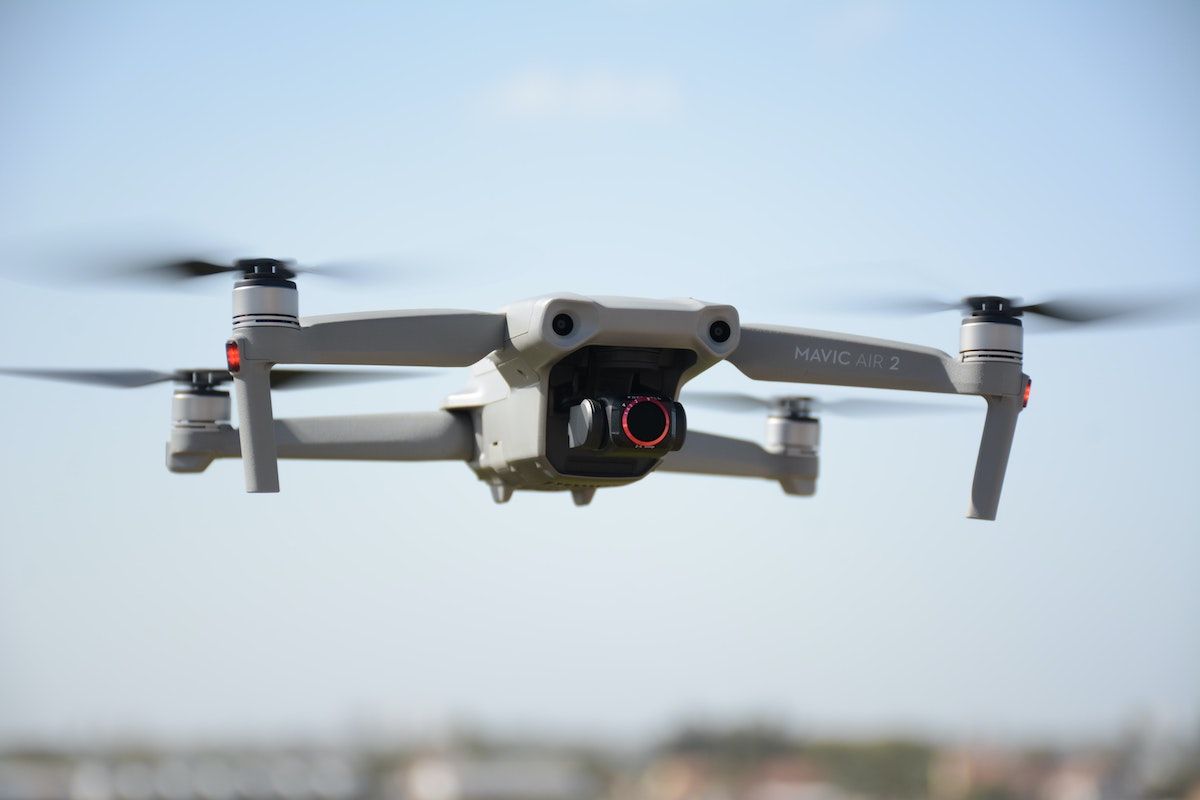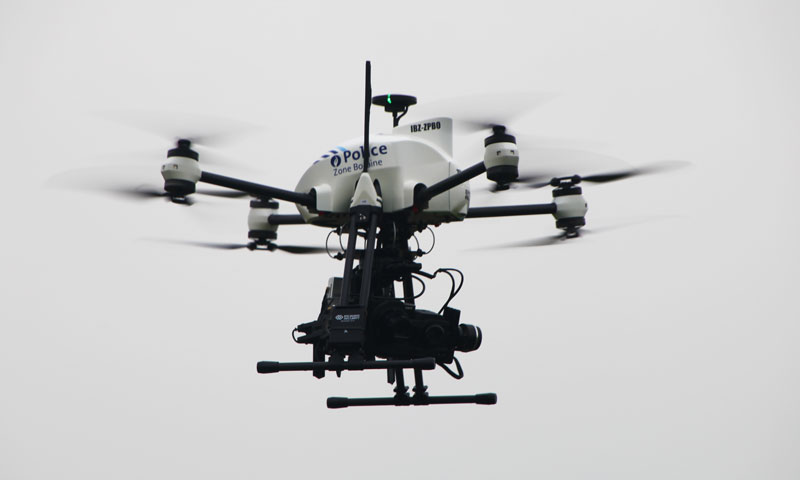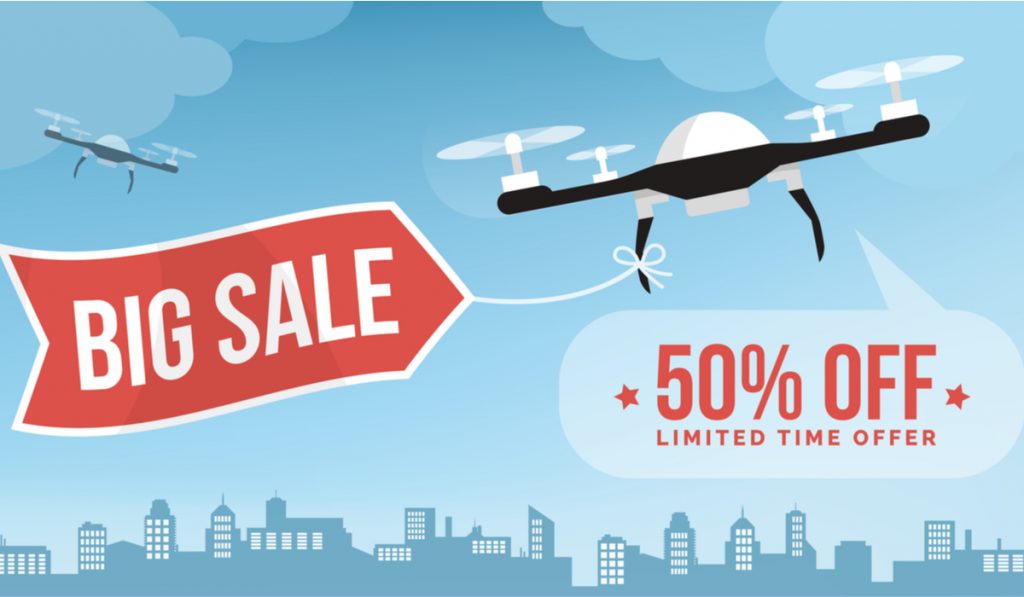
Unmanned aerial vehicles are used to optimize crop yields and crop monitoring. These drones can be used for many purposes in agriculture, including helping to determine weed control and crop growth. These new technologies are described in detail below. You might be surprised to learn how much money they can save! You might even be able earn money with them! Let's explore! Let's find out what drones can do for agriculture.
Agricultural drones
Agricultural drones are a promising new way to conduct research in agriculture. They can be costly. Professional-grade drones have some benefits, including automated flight options and near infrared cameras. These drones are expensive because they require special software to plan surveys and post-process data. This article will cover some of their advantages. Also, you'll learn how drone technology is being used in agriculture today.
Applications
There are many potential uses for agricultural drones, such as monitoring soil conditions, identifying weeds, and assessing crop yield. Drones can provide accurate mapping to farmers of the field as well as information about soil elevations which can aid in irrigation planning. Drones can also provide important information on soil nitrogen levels that can help farmers optimize fertilizer use. Drones are able to provide accurate data about crop health and yield which can be very helpful for farmers.

Costs
People often ask about the cost of using drones to help with agriculture. Drones cost less than other agricultural tools and are therefore much more affordable. They are also very easy to maintain compared with other agricultural instruments. A spraying device will cost approximately $1,500 to purchase, as opposed the $20,000 required for a commercial sprayer. Others may have to pay extra for spare batteries and parts.
Challenges
Farmers depend on many factors to determine crop health, and increase yields. A growing database of information will make it easier for farmers to adjust to changing conditions and act with unmatched precision. Although drones have many advantages for farmers they also present a number of challenges. Many countries have yet to finalize their drone regulations. Most countries lack the personnel required to oversee drone use in agriculture. Drones are becoming more accessible and there will be many exciting agricultural applications in the coming years.
Future
Drones can have many advantages in agriculture. They are able to make precise pesticide or fungicide application. Full-spectrum drones have the ability to detect soil magnesium or ammonia. These substances can cause damage to crops. Growers can adapt the technology to meet their specific needs by adding sensors to existing drones. Drones can also help in areas that are difficult to reach. By using drones for precision farming, growers can avoid costly crop failures and increase yields while minimizing production time.

FAQ
Where can I find a drone for sale?
Many drones can be purchased online. Some people prefer buying their drones through Amazon, eBay, or Walmart. Others choose to purchase their drones directly from manufacturers.
Is it possible to spy on someone with a drone?
A drone can be used to spy on anyone. Protecting yourself from drones requires that you be alert to them and stay away from areas where they fly. Do not hesitate to call 911 if a drone is seen flying.
What's the difference between quadcopters and hexacopters?
Quadcopters are four-rotor helicopters that fly like traditional helicopters. It has four rotors which rotate independently. The hexacopter can be described as a quadcopter but has six rotors, instead of the usual four. Hexacopters have more stability and maneuverability than quadcopters.
Which US states make drones legal?
Legally, you can operate a drone to perform hobby tasks. Federal Aviation Administration (FAA), has issued guidelines that allow you to use small unmanned aircraft systems (UASs). These UASs must first be registered with FAA to be allowed to be flown. If certain conditions are met, the FAA allows commercial operators to fly these UASs.
Statistics
- According to Indeed, a drone pilot gets paid $25.73 per hour on average in the US. (dronesgator.com)
- With the top 10% making over $100/h and the bottom 10% making as low as $10/h. (dronesgator.com)
- According to ZipRecruiter, the minimum hourly wage of drone pilots is $20. (thedroneu.com)
External Links
How To
How Do I Clean My Drone?
Before cleaning your drone, here are some tips. This guide will show you how to get every bit of your drone's potential.
-
You should have the right tools. You should have everything you need to start any project. You will need a soft brush or a toothbrush and a cleaning agent (we recommendWD40).
-
The battery pack should be removed. First thing first - remove the battery from the bottom of your drone. It's usually quite easy to find the battery under the propeller, so don't worry if you're unsure where it is. You should be careful to not lose any screws in the process of removing the propeller.
-
You will need to remove all parts. Next, remove everything from the drone's lower side. It is important to make sure none of the parts are broken or loose. They could become damaged when you try and clean it.
-
Use a cleaning solution. Now it is time to clean the drone. We recommend cleaning your drone with WD40. Spray the entire drone with the cleaner. Make sure to get between every component. Allow it to dry completely before you assemble everything.
-
Install the battery. The battery should be reattached after cleaning the drone. So you can check the performance of your drone after cleaning it.